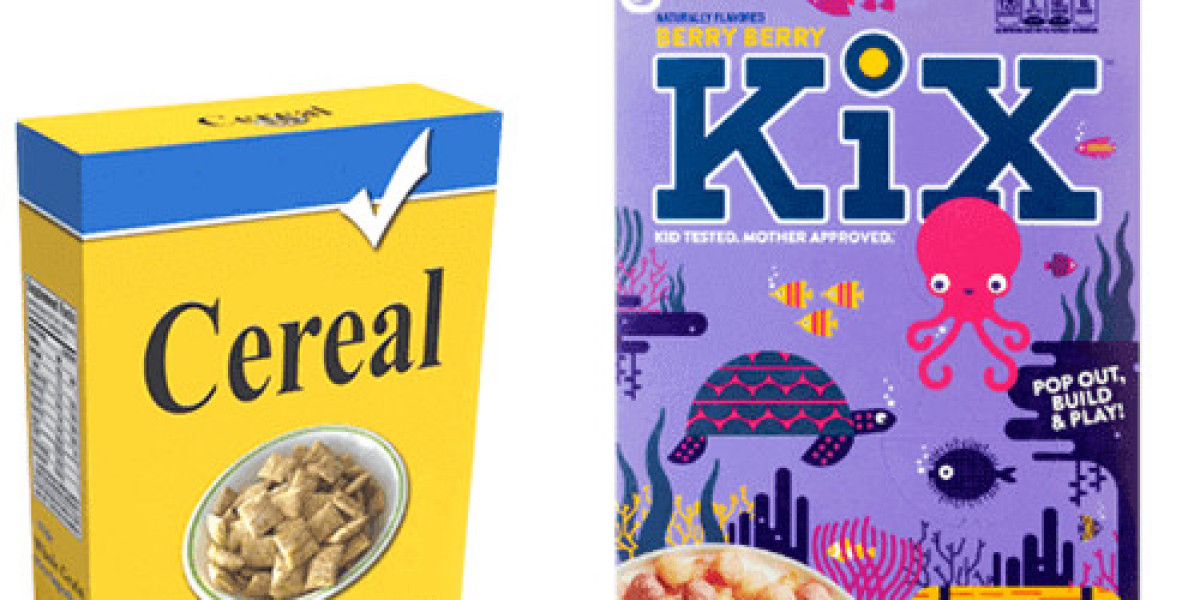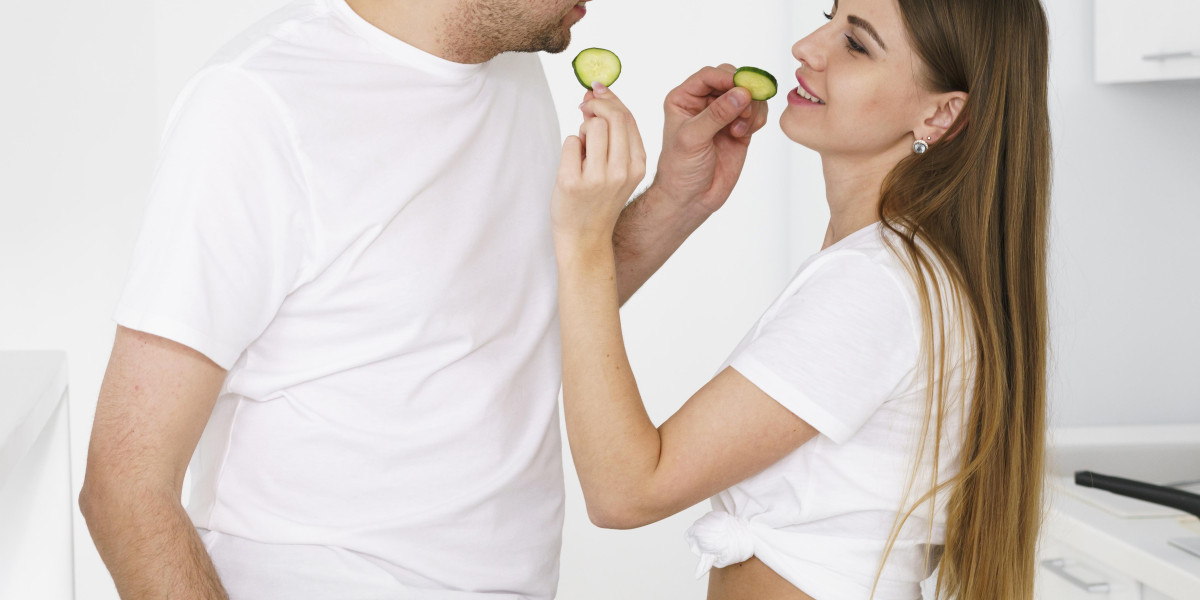Cereal packaging has evolved over the years to stand out on crowded store shelves. One noticeable trend is the use of custom shapes for packaging. These shapes aim to capture attention, create a unique brand identity, and improve user experience. But they also come with challenges. This article explores the advantages and disadvantages of custom-shaped cereal packaging in detail.
Standing Out on the Shelf
One of the main goals of using a custom shape for packaging is to attract attention. When you walk down a cereal aisle, you see many boxes. Most of them have the same rectangular shape. A custom-shaped box can grab a shopper’s eye right away.
Uniquely shaped boxes can make a product look more fun, modern, or premium. Brands often use shapes that align with their identity. For example, a kid-focused cereal might come in a box shaped like a cartoon character. A health cereal might use a sleek or minimal shape to reflect its clean ingredients.
This type of packaging also helps in branding. People are more likely to remember something different. If your cereal comes in a star or oval shape while others are square, customers might recall it easily. Visual memory is a strong tool in marketing.
However, it’s not just about being different. A well-designed shape can tell a story. It can also show what the cereal is about. If the packaging is shaped like a bowl, it subtly shows that it’s ready to eat. These subtle cues can influence buying decisions.
Even though it might cost more to design and produce, brands often see a good return on this investment. A small increase in sales due to better visibility can make a big difference in the long run.
Creating an Engaging Experience
Beyond just standing out, custom shapes offer a more interactive experience. Customers—especially children—find fun shapes more exciting. The box becomes more than just packaging; it becomes part of the cereal’s charm.
Shapes can be playful. Some boxes come with cut-out toys or puzzle designs. This adds entertainment value. It also encourages repeat purchases since kids want to collect different shapes or characters.
In some cases, the packaging can even encourage learning. Alphabet- or animal-shaped boxes can teach kids while they eat. Parents see this as a bonus, making the product more appealing.
For adults, sleek or modern packaging enhances perceived quality. A unique shape can make the cereal seem more high-end. It may even become something people want to display rather than hide in the pantry.
Experience matters in marketing. Custom shapes make the buying and opening process feel special. It’s a small touch, but it adds value. The moment someone picks up a uniquely shaped box, they’re already more engaged.
Still, not all shapes create a positive experience. A box that is too hard to open or store might frustrate users. So, while aiming for engagement, designers must also think about ease of use.
Storage and Shelf Efficiency
Retailers need packaging that fits well on shelves. Most shelves are made to hold standard boxes. A uniquely shaped package might not stack or stand as well.
Odd shapes can take up more space, which isn’t good for retailers. If fewer boxes fit on a shelf, stores might be less willing to stock that product. It becomes a challenge in inventory and display management.
At home, consumers also prefer packaging that stores easily. Pantries are usually made for square or rectangular boxes. If the box is round or shaped like a character, it may waste space.
Storing the cereal after opening is another factor. If the box doesn’t reseal well, the cereal can lose freshness. Functional issues like this can turn customers away, even if the shape is exciting at first.
Shipping is another concern. Unusual shapes often take up more room in boxes or pallets. This leads to higher shipping costs. These costs might be passed on to the customer, making the cereal more expensive.
Designers must find a balance between form and function. A good shape should still be easy to store, stack, and ship.
Environmental and Sustainability Considerations
With rising environmental awareness, packaging sustainability is under scrutiny. Traditional rectangular boxes are easier to recycle. They use less material and are made from standard paperboard.
Custom shapes often need more material, especially if the design includes curves or cut-outs. More materials mean more waste. They might also use plastic parts to hold unique shapes, which are harder to recycle.
Some shapes are harder for recycling machines to process. If packaging can’t be easily recycled, it adds to landfill problems. This can hurt a brand’s image, especially with eco-conscious buyers.
Manufacturing custom shapes might also involve more energy use. This includes more complex cutting, folding, or molding processes. That means a bigger carbon footprint.
However, it’s not all bad. Some brands use sustainable materials creatively. They develop custom shapes using eco-friendly paper or biodegradable films. But these options can be more expensive.
The trend now is to design packaging that’s both eye-catching and eco-responsible. It’s a difficult balance but necessary in today’s market. Brands that solve this well are likely to earn more trust and loyalty.
Manufacturing and Production Costs
One of the biggest disadvantages of custom shapes is cost. Designing a mold or die for a new shape takes time and money. This is different from standard boxes, where templates already exist.
Small brands may find it hard to afford these extra costs. Larger companies might spread the cost over millions of units. But for startups or limited edition cereals, it becomes a real challenge.
Production also takes longer. Unusual shapes might need slower machines or special handling. That can reduce efficiency and increase labor costs.
Storage of packaging materials becomes an issue too. Special-shaped blanks or containers can’t be stacked as tightly as standard ones. This increases warehouse costs.
Cost is also affected by material waste. A custom shape might leave more unused paperboard after cutting. This waste adds up over large runs.
Despite these costs, some brands are willing to invest for better shelf appeal. If the packaging attracts more customers, the return can be worth it. But the risk is always there. A unique shape that fails to impress can result in unsold stock.
Consumer Perception and Trust
People make quick judgments based on appearance. Packaging plays a key role in shaping their first impressions. Custom-shaped packaging often suggests creativity and care.
Consumers might see a uniquely shaped box as a sign of higher quality. They may assume that if a brand puts effort into packaging, it also cares about what’s inside.
For children, fun shapes create emotional connections. A box that looks like their favorite cartoon might make them more excited to eat breakfast. That kind of emotional response builds brand loyalty.
But shapes can also confuse buyers. A box that looks different might make them think it's a toy or non-food item. If customers aren’t sure what the product is, they may ignore it altogether.
Packaging that looks too fancy can also create trust issues. Some buyers may wonder if they’re paying more for the box than the cereal. If the product doesn’t match the promise made by the packaging, it could hurt the brand.
In short, custom packaging shapes influence perception. They can add value but must still clearly communicate the product’s purpose and benefits.
Regulatory and Safety Requirements
Food packaging must follow strict rules. These include proper labeling, sealing, and safety standards. Custom shapes can complicate compliance.
Labels need to show nutrition facts, ingredients, expiry dates, and more. On a standard box, there’s enough flat space to fit all this. Odd shapes might reduce usable label space. That can lead to crowded or hard-to-read labels.
Sealing is another issue. Standard boxes have known ways to seal and protect contents. Unusual shapes may require new methods, which might not be as effective. If air or moisture gets in, the cereal could spoil.
Child safety is also important. Some shaped boxes have parts that can be sharp or break off. That’s a risk, especially if the cereal is aimed at kids. All parts of the packaging must pass safety tests.
Meeting regulatory requirements often takes longer with custom shapes. More testing, design adjustments, and approvals are needed. This slows down product launch and adds costs.
Ignoring these factors can lead to recalls or legal trouble. So, custom shapes must be developed with compliance in mind from the start.
Marketing and Seasonal Appeal
Marketing is one area where custom shapes shine. Special editions or limited runs benefit from unique designs. During holidays, themed packaging can drive sales.
A cereal box shaped like a pumpkin at Halloween or a snowflake in winter can attract attention fast. It ties the product to a season, making it more relevant. People are more likely to buy fun, themed products during festive times.
These shapes also support promotional campaigns. If a movie or cartoon is popular, brands can shape boxes to match characters or scenes. This cross-promotion often boosts sales for both the cereal and the media brand.
The downside is short shelf life. Seasonal shapes lose appeal quickly. After the event or trend passes, the product might sit unsold. That leads to waste and markdowns.
Another risk is overdoing it. If every campaign involves a new shape, it can confuse or overwhelm customers. The brand message may get lost.
Used wisely, custom shapes can become powerful marketing tools. But they must align with the overall brand strategy to be effective.
Functional Limitations for Reuse
Today, many consumers like packaging that can be reused. Standard boxes can be cut and used for crafts or storage. Unusual shapes may not offer the same versatility.
A box shaped like a tree or circle may not stack well or fit into standard drawers. This makes reuse less practical. Some shapes may even be thrown away faster due to their awkward form.
Families with children often reuse cereal boxes for school projects. A regular box is easy to work with. Irregular shapes limit creative options.
If the packaging uses mixed materials, such as plastic windows or magnetic closures, recycling becomes harder. Reuse may not be an option, and disposal becomes an issue.
Some companies try to add reuse features. They might include games printed on the box or storage instructions. But this adds complexity and cost.
While reuse isn’t the main function of cereal packaging, it matters to many buyers. Functional, simple shapes usually win here.
Final Thoughts
The use of custom shapes in cereal packaging offers both big benefits and real challenges. They can make a product stand out and add to its charm. At the same time, they can increase cost, create storage issues, and complicate recycling.
Brands must think carefully before choosing a unique shape. They need to balance design with function, cost with return, and fun with practicality. When done right, even one use of custom cereal packaging can help build a lasting connection with consumers.
Order Now: https://ibexpackaging.com/cereal-boxes/








